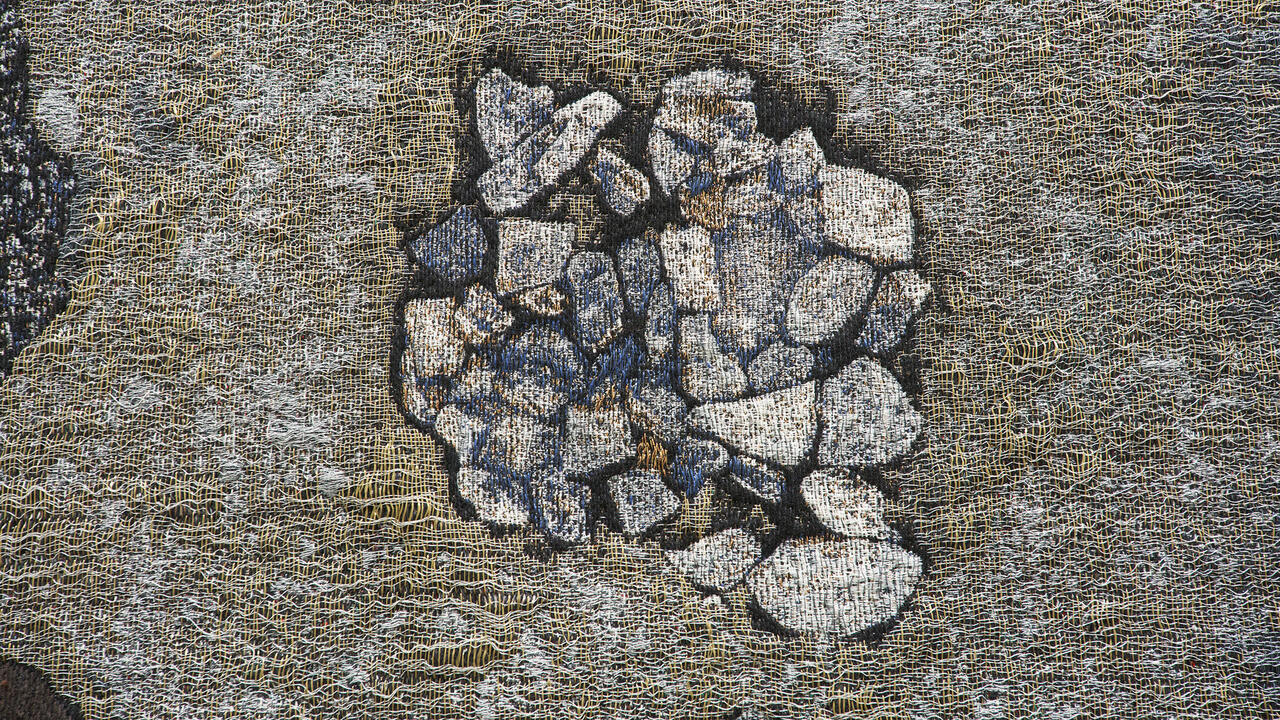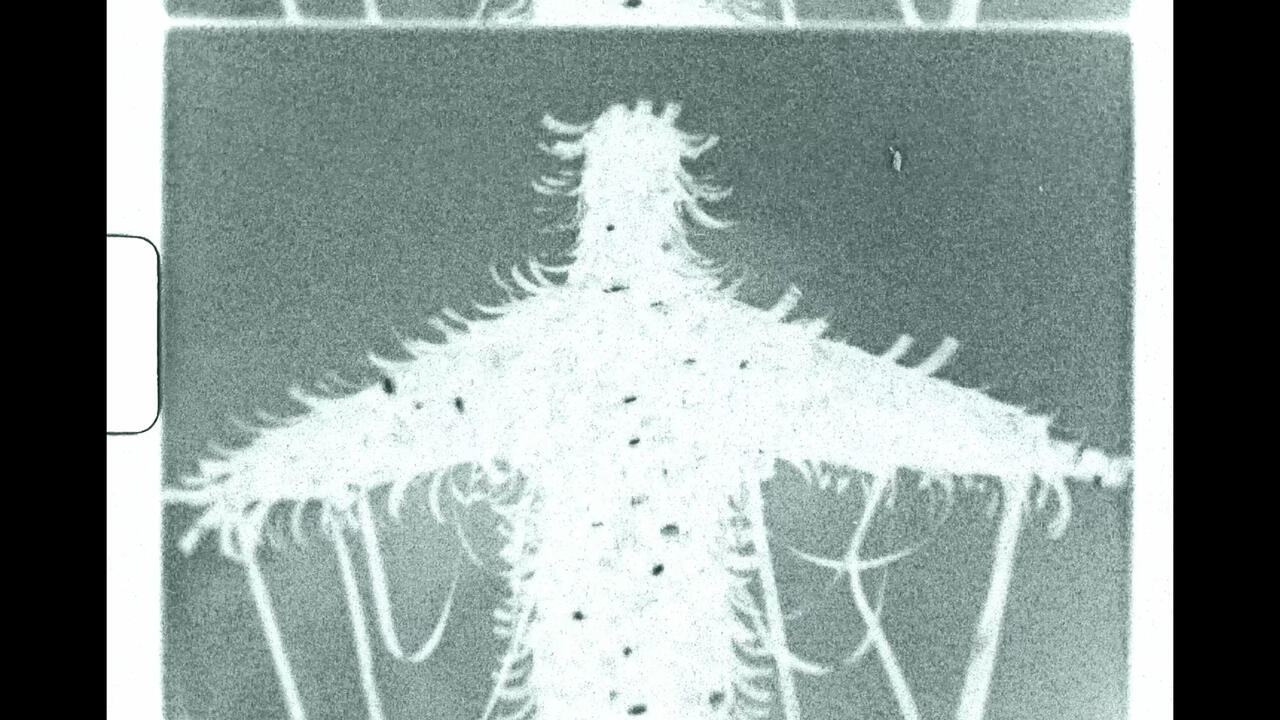What Can Pirate Utopias Tell Us about the Future?
This year’s Busan Biennale, inspired by David Graeber’s notion of ‘pirate enlightenment’, offers a glimpse into a world where progress can only be found outside the West
This year’s Busan Biennale, inspired by David Graeber’s notion of ‘pirate enlightenment’, offers a glimpse into a world where progress can only be found outside the West

It doesn’t take long to realize that this year’s Busan Biennale, ‘Seeing in the Dark’, is fiercely, if not at times anxiously, political. Upon entering the Museum of Contemporary Art Busan – one of four venues that houses the biennial – I was transported back to Documenta 15 in 2022, with works by the Indonesian ‘artivist’ group Taring Padi and the Palestine- and Belgium-based cohort Subversive Film dominating the ground floor gallery. Both collectives participated in that year’s Documenta in Kassel, where they faced accusations of antisemitism – and, in Taring Padi’s case, saw a work removed – amid public outcry against the contentious exhibition.
Two years later, with Israel waging a brutal war against Gaza – and now its neighbours – following the Hamas attacks on 7 October 2023, the Israeli-Palestinian conflict has become even more fraught. In Busan, I half-expected to encounter protestors calling for the removal of ‘pro-Palestinian’, ‘anti-Zionist’ art. But there were no picket lines, no demonstrations.

Of course, Busan isn’t Kassel; South Korea doesn’t carry the same enormous weight of national guilt as Germany around grave atrocities committed against Jewish people. Yet, Taring Padi’s agitprop signs, made in collaboration with farm labourers and repurposed to criticize rising rice prices following Indonesia’s 2024 general election (Memedi Sawah/Scarecrow Installation, 2024), felt oddly subdued. The installation’s empty stage and lonely microphones seemed to yearn for activation. Subversive Film’s otherwise powerful video – An Exercise in Assembling (2023–ongoing), which stitches together archival footage from liberation movements in far-flung geographies including Palestine, Cuba and Vietnam – appeared almost commonplace, devoid of its expected political urgency. Rather than feeling relief at the lack of controversy, I felt unsettled – as if these works needed the animation of a cause célèbre and the histrionics of public debate to fully resonate. Yet, ultimately, this biennial seeks to shake us out of the doldrum ways we see and experience our world.

Curated by Vera Mey and Philippe Pirotte, ‘Seeing in the Dark’ draws inspiration from David Graeber’s posthumously published work Pirate Enlightenment, or the Real Libertalia (2022), which posits that ideas of democracy and enlightenment originated from self-governing pirate communities in 18th-century Madagascar. Indeed, Graeber’s influence looms large over the exhibition. At HANSUNG1918 cultural centre, Fight Club (2022), a video by Graeber’s widow, Nika Dubrovsky, stages a dialogue between Thomas Hobbes (Jacques Servin from The Yes Men), Jean-Jacques Rousseau (Savitri D from the Church of Stop Shopping) and Graeber (Jamie Kelsey-Fry from Global Assembly and Extinction Rebellion). They ruminate on notions of property and the social contract: a playful display reinforcing the idea that concepts emerge from dialogue rather than individual thinking.

While the biennial’s title suggests that ideas can often form within the long shadows cast by the West over non-aligned territories, I interpret it as a determined effort to unearth truths from the deepening void of disinformation and the violent currents of time. Also on display at HANSUNG1918 is Hong Jin-hwon’s thought-provoking, hour-long documentary melting icecream (2021). Featuring restored archival film from the People’s Camera Collective, it revisits protests by students and temporary workers in the 1980s during South Korea’s democratization movement.
Back at the Museum of Contemporary Art Busan, Hong’s Double Slit (2024), another feature-length documentary, is presented in a cinema-like space that closely examines the struggles of Hyundai Heavy Industries’ subcontractor union in the early 2000s. Together, these works trace how revolutionary movements can be swiftly consumed by neoliberal ideals. They augur a future in which progressive thinking requires constant protection, much like this exhibition itself – a laboratory where progressive politics can thrive freely, unburdened by condemnation.
The 2024 Busan Biennale, ‘Seeing in the Dark’, is on view until 20 October
Main image: John Vea, Finish this week off and that's it!, 2014, five-channel video. Courtesy: the artist























